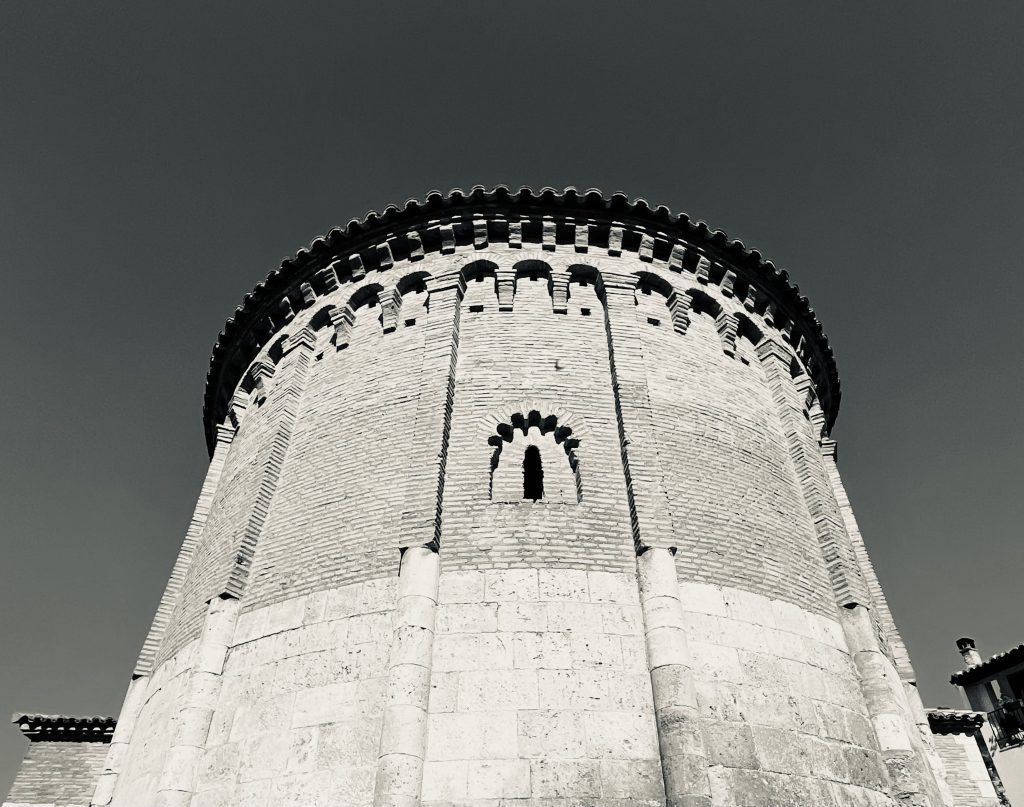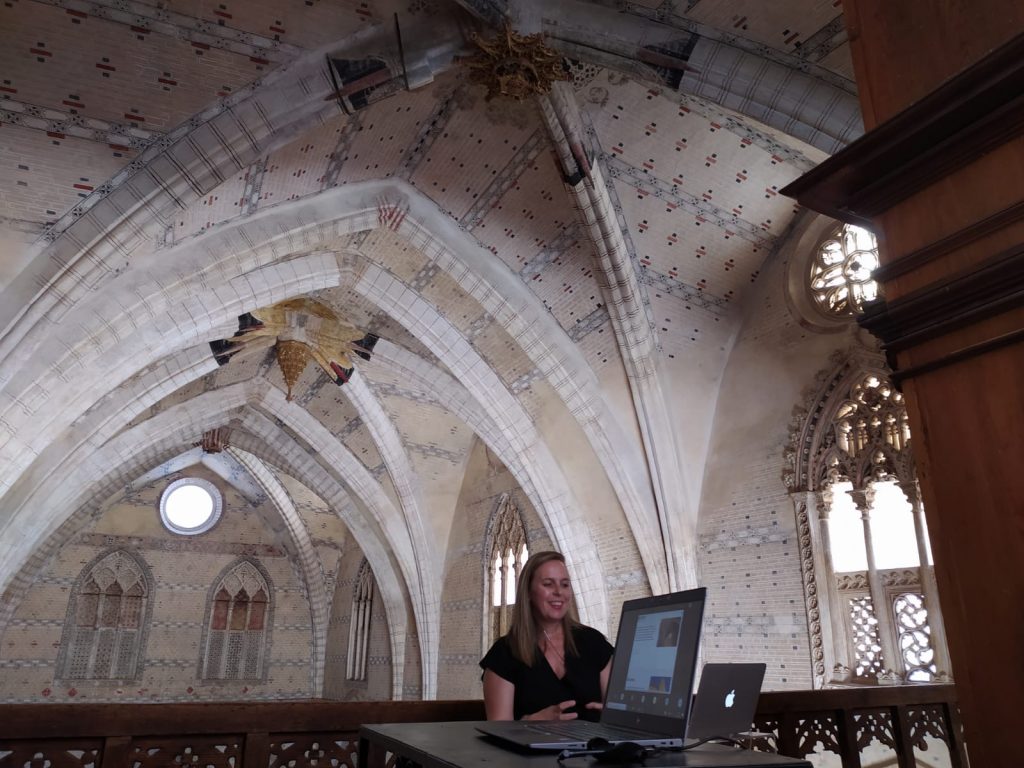The Gonzalo M. Borrás Gualis stays to develop pilot projects will last six months and almost 15 villages, out of the 48 partners, will receive expert visits from the researchers.
Territorio Mudéjar has awarded three research stays and three artistic residencies aimed at supporting the work of researchers and project promoters who want to work on the development of villages through the responsible and sustainable use of cultural and natural heritage resources. This is the fifth edition of the Gonzalo M. Borrás Gualis research stays and projects and both the stays and the artistic residencies.
The projects selected range from research into new models of spiritual or religious tourism away from overcrowding, the study of painted inscriptions in Mudejar art, symbolism in our heritage, Mudejar ceramics, light in Mudejar spaces and dance and space from an artistic point of view.
These projects are in addition to the 23 from previous editions and the nearly 50 professionals who have formed the network of researchers of the stays since they were launched in 2019 and have provided new perspectives on the management of Mudejar heritage, have had a positive impact on the villages and have promoted an interdisciplinary work network. In addition, specifically, they have improved knowledge of the Mudejar as a World Heritage Site and the benefits it brings as an international brand recognised by Unesco.
The projects selected for Research Stays are:
- New narratives on Mudejar heritage aimed at the public of knowledge and spiritual tourism in a global way. The author is Bárbara Ruiz Bejarano, PhD in Arabic and Islamic Studies (University of Alicante and Las Fuentes Foundation). This research project is part of the line “Strategic management of Mudejar heritage. Cultural landscape and urban landscape” and aims to generate dissemination narratives about the territory and research on a muslim-friendly, religious and knowledge tourism that adapts to the reality of the Mudejar heritage and its villages.
- Reading the Mudejar: Arabic inscriptions in medieval Aragonese churches (13th-15th centuries). The author is María del Mar Valls Fusté, PhD in art history (Rovira i Virgili University) and the research project is part of the “New perspectives on Mudejar art” line. The project aims to study the inscriptions in Arabic preserved in medieval Aragonese interiors, with special attention to those present on the wooden roofs and alfarjes of Mudejar buildings.
- Aesthetics and symbolism in Mudejar heritage. The author is Estrella Noguera Iturralde, philosopher and master in ancient world and archaeological heritage (Basque Public University and University of Zaragoza). It is part of the line “New views on Mudejar art” and studies the symbolism in the ornamental object of Aragonese Mudejar buildings from the point of view of art history and philosophical aesthetics.
The selected artist residencies are:
- Mudéjar clay, by Javier Seral Posac, industrial designer, engineer in industrial organisation and senior technician in artistic ceramics. Mud is the basis of Mudejar construction and the author intends to use it to create pieces that reflect the Mudejar tradition and inspiration in the transformation of mud into ceramics. The residency will consist of the search for quarries, analysis of the plasticity of the samples, extraction of the clays and construction of the pieces.
- The wall as dermis. Light in the Mudéjar II by the artist and visual arts researcher Pilar García Verón (Complutense University of Madrid). This residency continues the stay that the author carried out in 2022-2023 and studies the Mudejar as a screen for the projection and manifestation of light as a manifestation of divinity. On this occasion, she studies the filtered light of Mudéjar sacred spaces and its transcendence in space and time.
- Incorporate. On the vulnerable or how to channel knowledge by Patricia Álvarez Álvaro, a graduate in Arabic Philology (Universidad Autónoma de Madrid) and trained in dance and dramaturgy of the image. This residency is based on a dialogue between the body and the Mudejar heritage space, through dance, using different techniques and skills: dance, theatre, performative installation, creative writing…


















